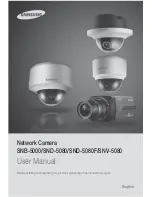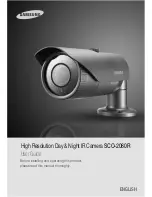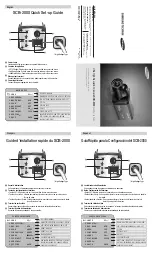
V1.02
Thom Hogan’s Complete Guide to the Nikon D300
Page 684
printing articles on Michael Reichmann’s site
(
http://www.luminous-landscape.com
) for some help in
dialing in the right options so that only one program is
managing color.
Finally, you need to learn about “soft proofing.” My Epson
inkjet printer can’t really reproduce some of the blues my
camera can capture, for example. By having the right paper
profile set in my software and turning soft proofing on, I can
see this while editing, and attempt to adjust for it.
Tip:
Advanced users only.
Technically, the sensor of the D300
doesn’t have a Color Space, because it should “capture”
any color of light that hits the photosites within the spectral
range that it allows through. (It would need a color profile,
though, because there may be some anomalies in the
capture process.)
Many pros believe that if you shoot raw files (NEF), you
should use the largest possible Color Space possible when
working on those images. That would be
ProPhoto RGB
.
Indeed, many pros (and Lightroom and Aperture by default)
set their raw conversion software to this Color Space in
order to preserve every last bit of color accuracy and
subtlety. (You don’t need to, and can’t, set the camera to
this Color Space, just your software. But that only works for
NEF files.)
In practice, though, most amateurs needn’t go to that
trouble (
ProPhoto RGB
chews up computer memory and
may slow you down, amongst other things), as the Epson
inkjets most people typically print with won’t reveal any
tangible differences. That’s because the Epson printers have
a Color Space very similar to AdobeRGB. Still, even the
Epson printers do have a bit of color ability that’s outside
the AdobeRGB space, so if you’re into getting the maximum
possible quality, you might want to explore ProPhotoRGB.
















































